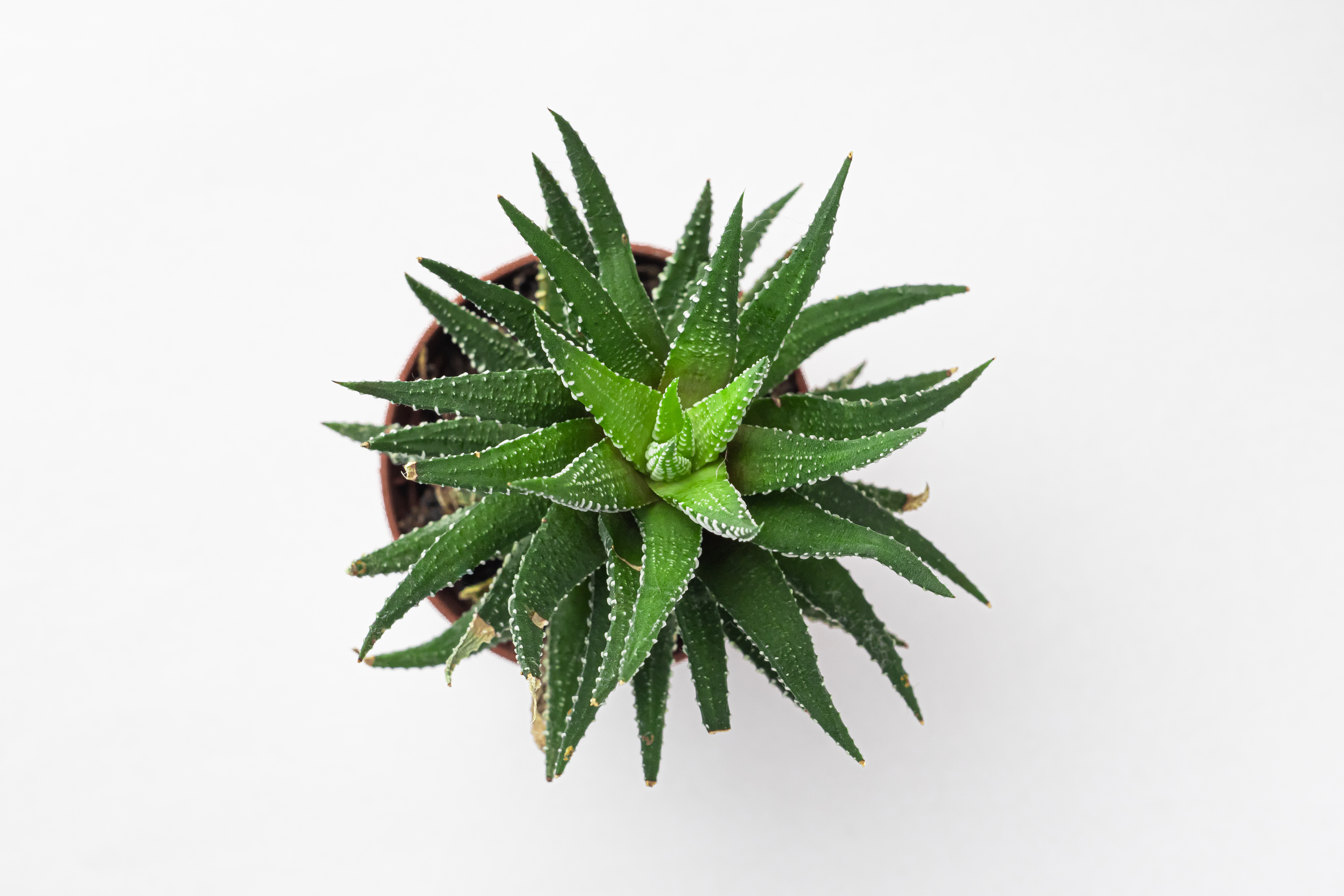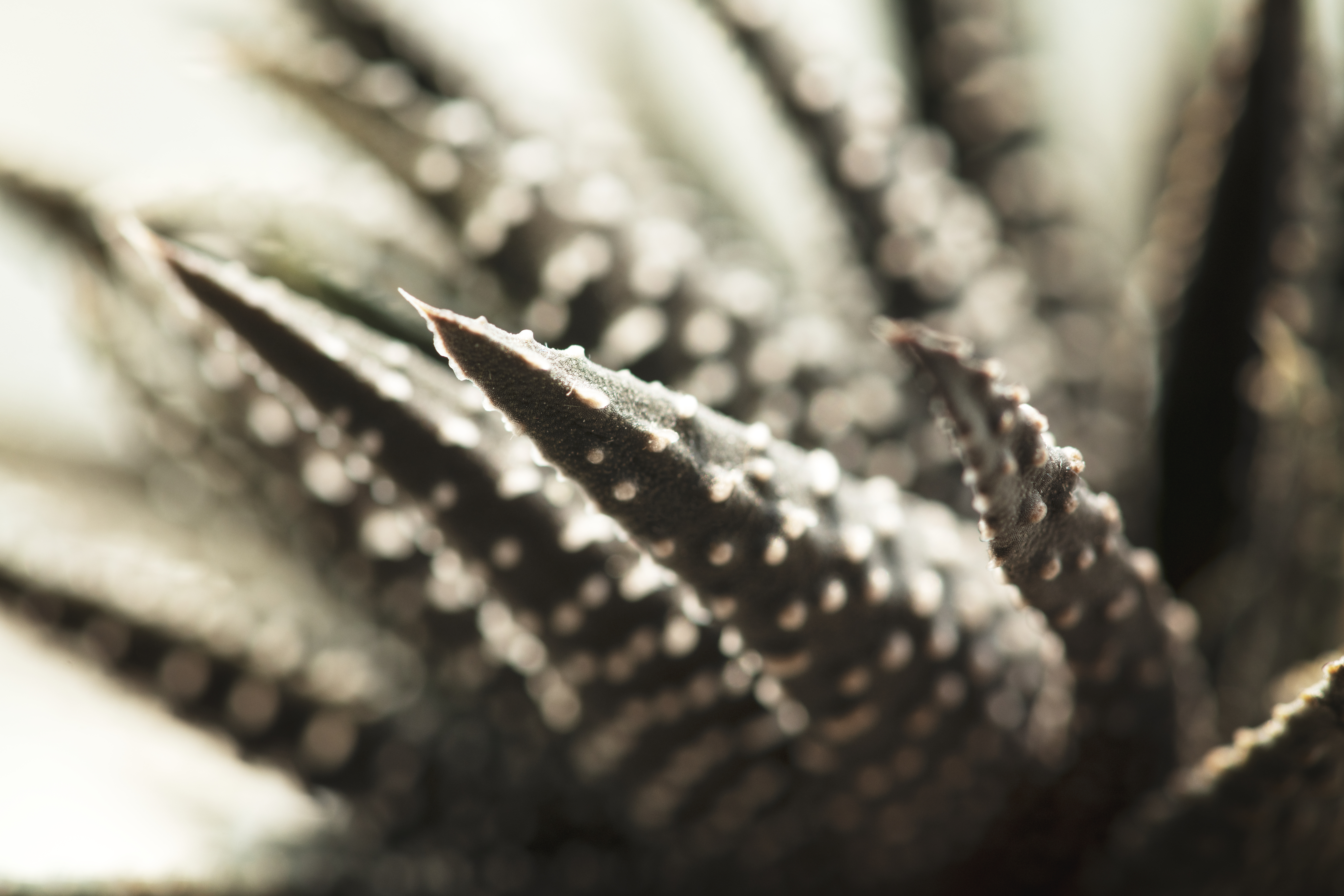Origin
Haworthiopsis fasciata , commonly known as the 'Zebra Plant' is a popular beginner-friendly houseplant that makes a striking addition to any home. They're originally from South Africa, along the Eastern Cape. Sometimes, they're alternatively referred to as the Zebra Cactus, however, they're actually a succulent and not a cactus.
They have the typical thicky, fleshy leaves of other succulents, in a rich dark green color with clustered white tubercles that give it its 'zebra' name (as it gives a striped effect).
Often confused with H. attenuata. The difference: this one only has white bumps on the underside of the leaves.
They're very small, cute-looking plants: they won't grow any bigger than a maximum of 8 inches (20 cm), so can be easily displayed on a desk or shelf, or can be included as part of a container display.

Care
Like other succulents, Zebra Plants don't need too much water and enjoy plenty of sunlight (although note that too much direct sun may potentially scorch the leaves). They're adapted to hot habitats with sandy and rocky soils, so you should ensure that yours is potted in a well-draining medium.
The easiest way to kill a Zebra Plant is by overwatering them - they really don't need much, and should be allowed to dry out between waterings. If your home doesn't have much light then the watering need is reduced even further. If you're ever unsure then you should hold off on watering, as a Haworthia can tolerate a lack of watering much better than too much water.
These plants are also a good choice if your home isn't particularly humid, as they are fine with dry air. It can be really tempting to buy moisture-loving rainforest plants as they're often so beautiful, with unique colors and patterns, but with a Zebra Plant you can still get the attractive patterns without the hassle of trying to replicate high humidity conditions in your home.
If the leaves start to curl or yellow, this is usually due to watering problems. Curling leaves are often a sign of underwatering, whereas yellowing is a telltale sign of too much watering.
